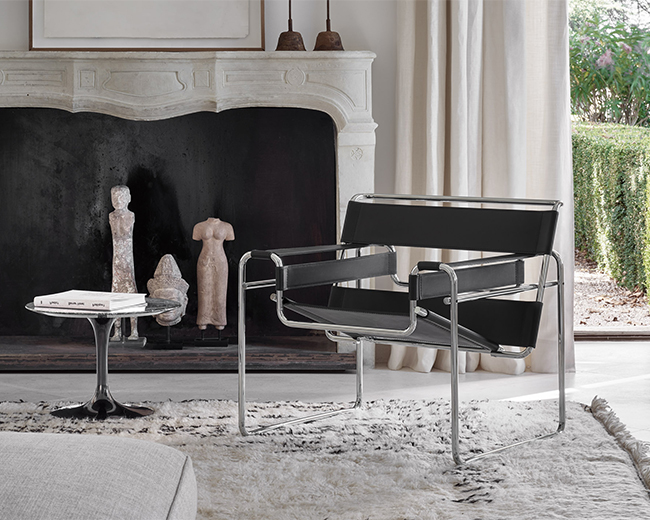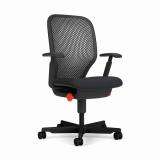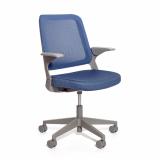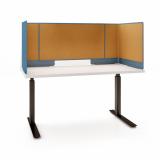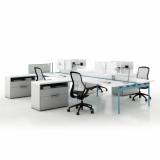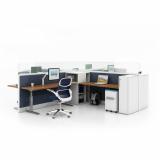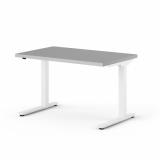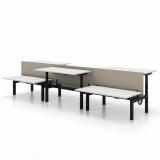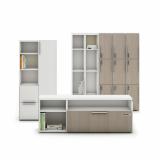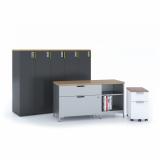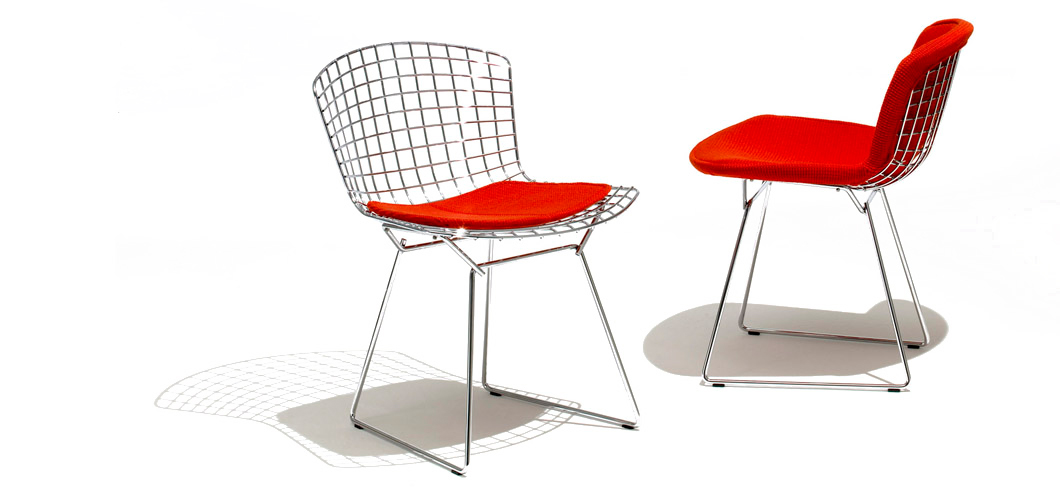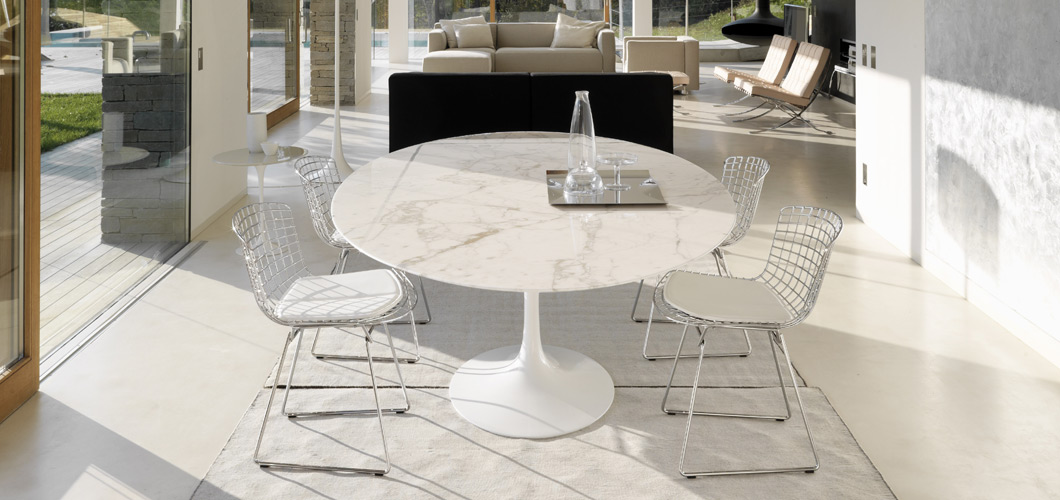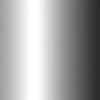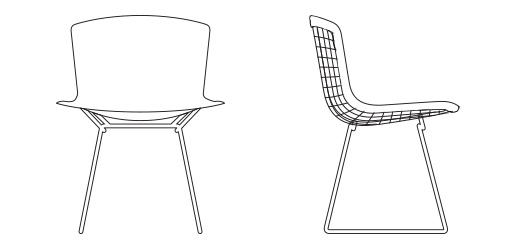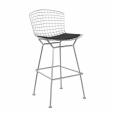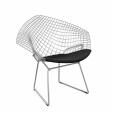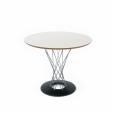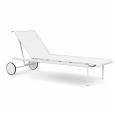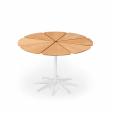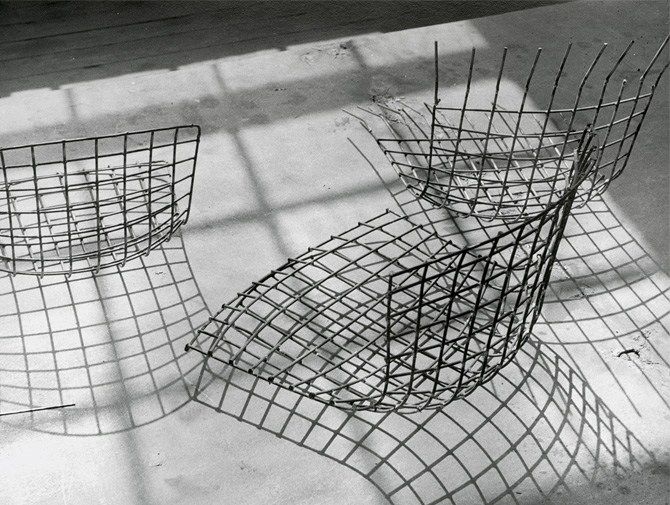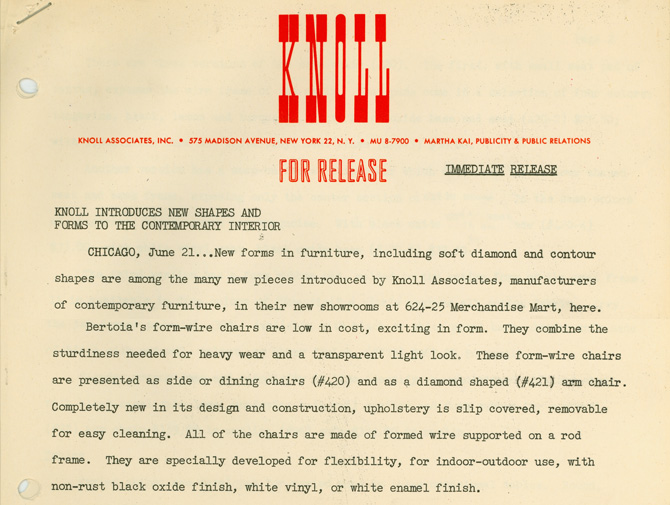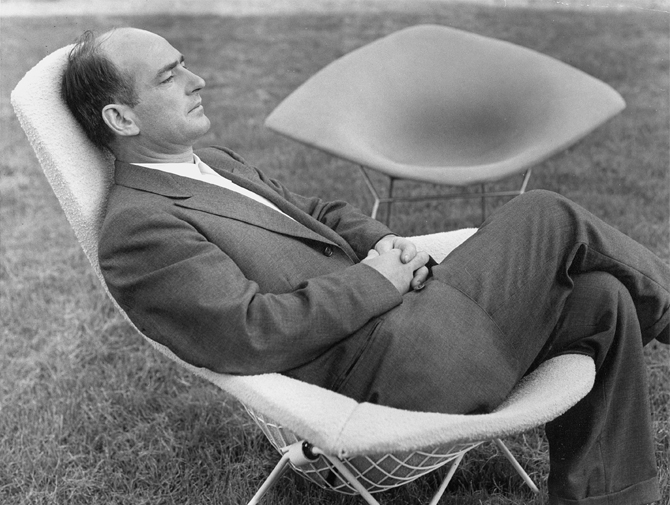Characteristic of the early environment at Knoll, Hans and Florence never demanded that Bertoia design furniture, but instead encouraged him to explore whatever he liked. They simply asked that if he arrived at something interesting, to show them. Bertoia later explained the process:
“I went around and discovered, quite soon, that I was not the man to do research. My feeling was that had to come from an inward direction. I began to rely once more on my own body. I began to think in terms of what I would like as a chair. It started very slowly…I came into rod or wire, whether bent of straight. I seemed to find myself at home. It was logical to make an attempt utilizing the wire.
"Once more, I went through the procedure of positioning, considering the possibility of shapes, then relating, of course, what the wire itself could be, what shapes it might take, whether there were any tools to do it with. There are many aspects of the same things coming into one’s mind, but the very first thing was whether a shape would come up that would begin to serve as a chair, sitting on it, etc. One was taking the shape of a side chair; another was beginning to extend to care of the head. This developed to the point where something could be held on to…You know, when you have something in front of you that can really physically be held, it becomes easier to make changes.”




